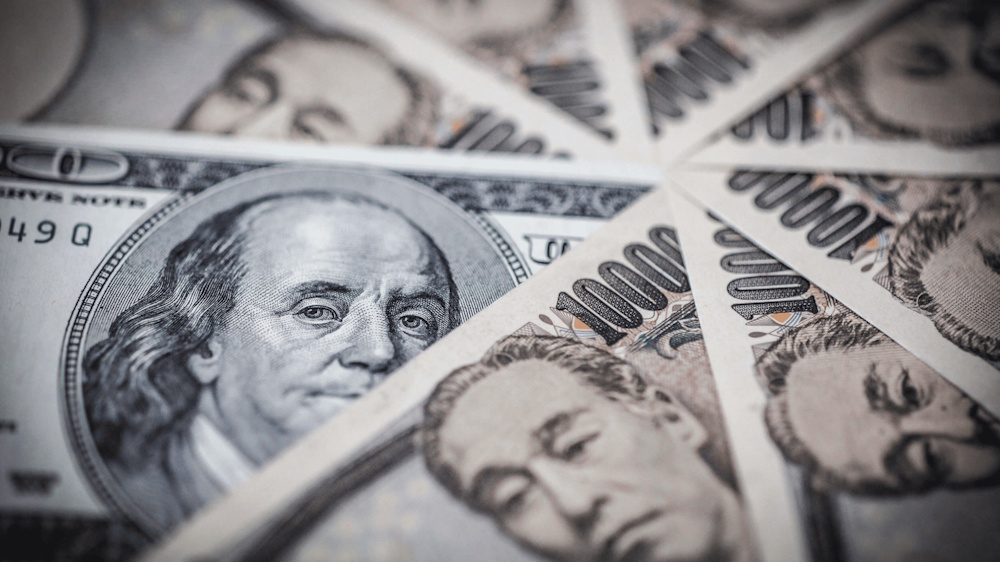The USD/JPY is approaching the year’s highs, currently trading less than 50 pips below the early-October peak of 153.28, having concluded the week around 152.87. The pair has disregarded conventional influences such as rate differentials in recent sessions, despite a complete 25 bp Fed cut to 3.75%–4.00% being priced in for Wednesday, while the Bank of Japan is anticipated to maintain its current policy stance. Price action is clearly indicating a bullish trend: RSI(14) is rising above 50 without showing signs of being overbought, and MACD has crossed above its signal line in positive territory, confirming the upward momentum and making dip-buying the most favorable strategy. Two transient supports have bolstered USD/JPY’s ascent. Initially, Japan’s political reset—Sanae Takaichi’s elevation has heightened expectations for a more expansionary fiscal stance—which appears dovish for BoJ policy optics in the short term. The late-week surge in energy prices negatively impacted the yen, considering Japan’s status as a net importer. Traders should pay attention to the pair’s increasing connection to relative nominal growth expectations instead of merely focusing on UST–JGB spreads. A 0.75 correlation to the U.S.–Japan 2s10s differential indicates that the market is focusing on growth outperformance rather than just raw rate levels, highlighting an important nuance when headline spread correlations may temporarily diminish.
The FOMC is completely anticipated to reduce the target range by 25 bps to 3.75%–4.00%. With no new dot plot presented, the tone of the statement, the division of votes, and Chair Powell’s press conference carry the main weight of the message. A Miran dissent for 50 bps would represent dovish theatrics, yet it is improbable to dictate the trajectory; however, a surprising bloc dissent for “no change” would indeed provide a true USD-positive twist. Monitor the terminology used in the balance sheet: an anticipated conclusion to QT by year-end could slightly weaken the dollar if declared in this meeting; a signal in December would probably maintain USD neutrality in the short term. Given the gentle inflation figures from September and the mixed signals in the labor market, the threshold for a hawkish surprise is elevated compared to a dovish inclination. However, current market activity indicates that USD/JPY is driven by momentum rather than narrative at this moment.
The prevailing expectation is that the BoJ will maintain its current stance this week, keeping the policy rate unchanged and leaving the YCC flexibility intact. The distribution of votes within the board is significant: an increase in support for a 25 bp hike would advance rate-hike expectations to December and bolster the JPY; conversely, a smaller pro-hike group would yield the contrary effect. Governor Ueda has expressed caution as domestic inflation appears to be moderating slightly; a dovish press conference could re-anchor USD/JPY topside risks, while any indication that the board perceives lasting wage-price momentum would swiftly pull the pair lower.
Tokyo CPI serves as a crucial leading indicator for national inflation, with expectations of an increase to approximately 2.7% year-over-year, up from 2.5%. A strong print revitalizes December hike expectations and supports JPY strength; a weak reading does the opposite. Retail sales are projected to rebound by approximately 0.7% year-over-year following a decline of 1.1%. This is significant as private consumption accounts for around 55% of GDP. The unemployment rate is expected to decrease to 2.5% from 2.6%; a tighter labor market reinforces the wage narrative that the BoJ requires to support normalization. Consumer confidence rising to 35.6 would support that narrative, although the figure still lags behind historical averages.

